- What Does HVLP Stand For and How Do HVLP Spray Systems Work?
- Industries That Can Be Optimized by HVLP Paint and Equipment
- Enhancing HVLP Efficiency with Equipment Optimization
- Cost Benefits of HVLP Spray Technology
- Environmental Considerations
- Where Does the Technology Go From Here?
- Achieve Industry-Leading Efficiency with an HVLP Sprayer from Bolair
In the paint spraying industry, efficiency is of extreme importance. Every spray technician understands that the key to a successful spray coating is a consistent, high-quality application. HVLP is a state-of-the-art spraying technology that provides countless benefits - both to the user and the business as a whole. Implementing these spray devices is a great way to boost your operation's throughput and achieve reliable, error-free results. Let's take a look at how HVLP can be implemented into your business to boost efficiency.
What Does HVLP Stand For and How Do HVLP Spray Systems Work?
HVLP, or high-volume low-pressure, is a type of spray technology that relies on large amounts of air to atomize paint particles - in other words, to turn liquid paint into a fine mist. This air is produced by either a compressor or turbine and fed directly into a spray gun, where it is mixed with the intake fluid and pushed out of the gun's nozzle with a small amount of pressurized air.
This simple mechanism results in quick and efficient applications with very little overspray and wasted material. In fact, spray guns must have a 65% or higher transfer efficiency to qualify as an HVLP device. Higher-end products like Graco spray guns can even achieve a transfer efficiency of 80-95%.
HVLP vs. Traditional Systems
HVLP began to see its first implementations in the 1990s due to environmental concerns. Conventional high pressure spray guns are very effective at spraying high-viscosity materials, but they do so in a less organized manner. Significant amounts of coating material can be released into the surrounding air, resulting in higher operational costs, environmental pollution, and health risks. With a transfer efficiency rate as low as 35%, HVLP spray equipment is much more efficient.
Industries That Can Be Optimized by HVLP Paint and Equipment
Many industries that utilize spray paint can benefit from a powerful HVLP system. However, they're particularly useful for applications where finer, blemish-free coatings are needed, such as automotive finishing, aerospace manufacturing, exterior painting, and consumer product finishing. This delicate finish is ideal for reducing waste and increasing the speed at which a coating can be applied. Some of the most common materials that benefit from the efficiency of an HVLP spray gun include low to medium-viscosity paint, urethanes, stains, primers, and any other non-solid materials.
Enhancing HVLP Efficiency with Equipment Optimization
One of the keys to high-efficiency spraying is learning how to set up HVLP spray applicators and utilize them correctly. There are various features that HVLP spray guns come equipped with that allow a spray technician to alter their coating to the desired consistency and finish. These include:
- Fan Pattern Control Knob: Fan pattern alters how the air/fluid mix is expelled from the spray gun. This can be changed to result in different surface coverage areas.
- Fluid Control Knob: This knob controls the fluid needle, which regulates how much liquid material enters the fluid passageway. It can be fully opened to maximize the amount of material being applied to the surface.
- Pressure Control Knob: This component regulates how much air enters the HVLP system. It can be adjusted to reduce/increase the PSI of the compressor or turbine.
Best Practices for Application
There are several different techniques that a spray technician can perform to improve the overall efficiency of their coating project, including the time it takes, how many passes are needed, and how much material is used.
Start every project by performing the necessary surface preparation For best results, keep the spray gun 6-12 inches away from the spray surface and move in a smooth, consistent manner. Begin moving the gun before depressing the trigger and make sure to keep moving it after the trigger is released. Following just these tips will drastically improve the outcome of the coating.
In addition, following a maintenance schedule ensures that the equipment continues to perform efficiently. Be sure to flush any fluid passages after use and don't forget to take off spray nozzles and clean them to prevent clogging issues.
Cost Benefits of HVLP Spray Technology
One of the most significant reasons why it's more efficient to invest in HVLP industrial coating systems is the cost savings. Painting can be quite expensive, both in materials and labor. Minimizing both can reduce the overall overhead that your operation has to deal with.
Initial Costs vs. Operational Savings: Return on Investment (ROI) in Spray Systems
Upfront, HVLP systems do cost more than their conventional counterparts (sometimes hundreds of dollars more). However, with this larger initial investment comes fantastic value. Over time, HVLP spray finishing equipment will use significantly less material because of greater transfer efficiency. This offsets the higher cost of the equipment and provides long-term operational savings. In addition, the higher price tag of low pressure sprayers means that they're constructed of more durable, higher-quality materials.
Environmental Considerations
As mentioned, the main reason HVLP was implemented in the first place is because of environmental concerns. Most regulatory bodies now have strict codes regarding how much transfer efficiency must be achieved during a coating project, and HVLP and lower pressure sprayer systems help contractors achieve that more efficiently. Additionally, one of the main environmental benefits of HVLP is the reduction in waste. This releases fewer polluting particles into the air and consequently makes the workspace healthier for spray technicians.
Where Does the Technology Go From Here?
HVLP technology is constantly evolving to meet new industry standards, environmental requirements, and user preferences. Some of the most recent advancements include new pump designs to improve pressure consistency and efficiency, more ergonomic designs for user efficiency, and the implementation of digital monitoring tools to ensure that the paint application is going as expected.
Achieve Industry-Leading Efficiency with an HVLP Sprayer from Bolair
If you're looking to improve the speed and finish quality of your coating processes, an HVLP sprayer can be an exceptional investment. With more consistent applications, operational cost-savings, and environmental benefits, these devices are guaranteed to improve efficiency.
Here at Bolair Fluid Handling Systems, we're committed to enhancing our customers' coating operations. We stock state-of-the-art HVLP equipment, u>powder coating equipment, and many other products. Contact our professionals today for advice regarding which system is right for you.

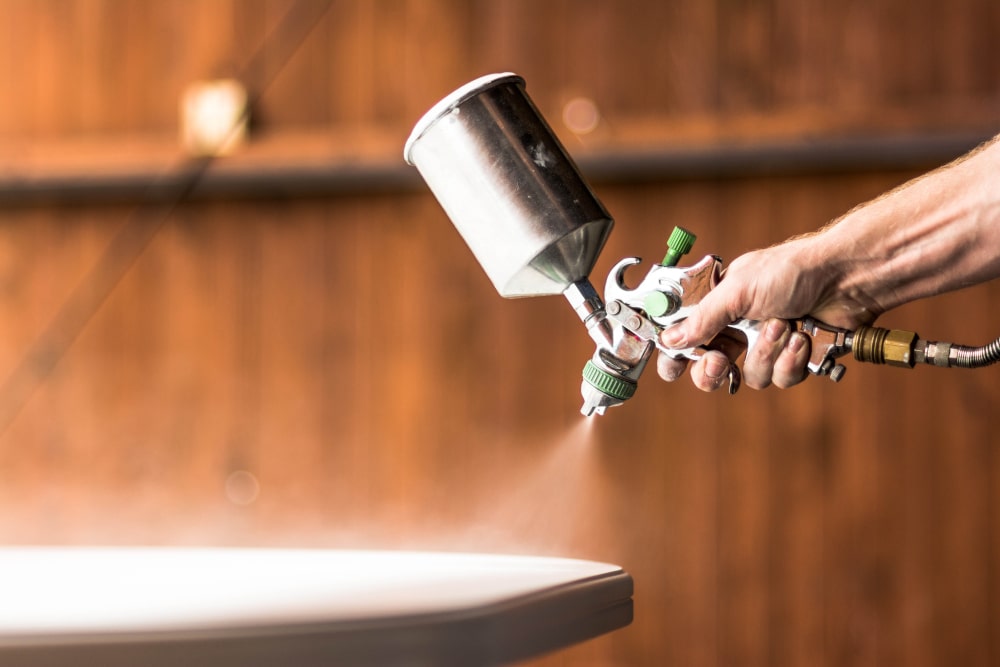


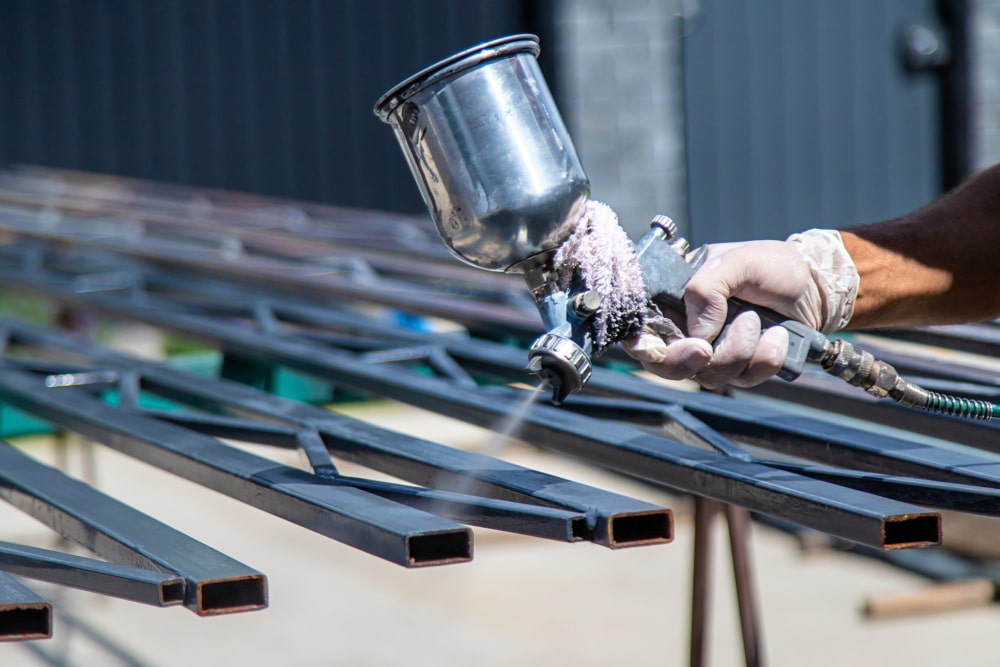
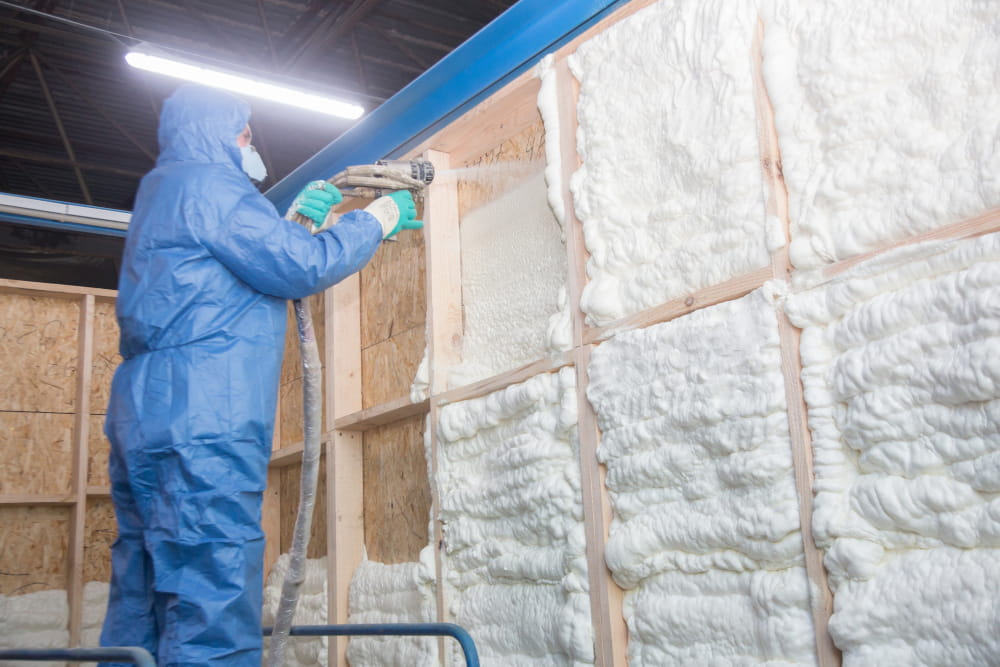
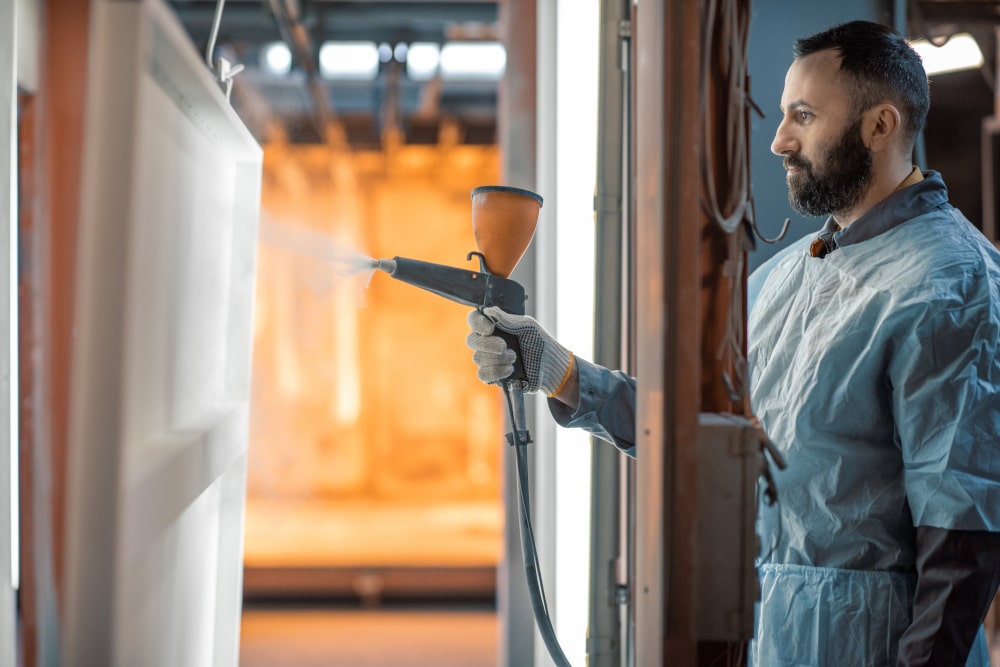
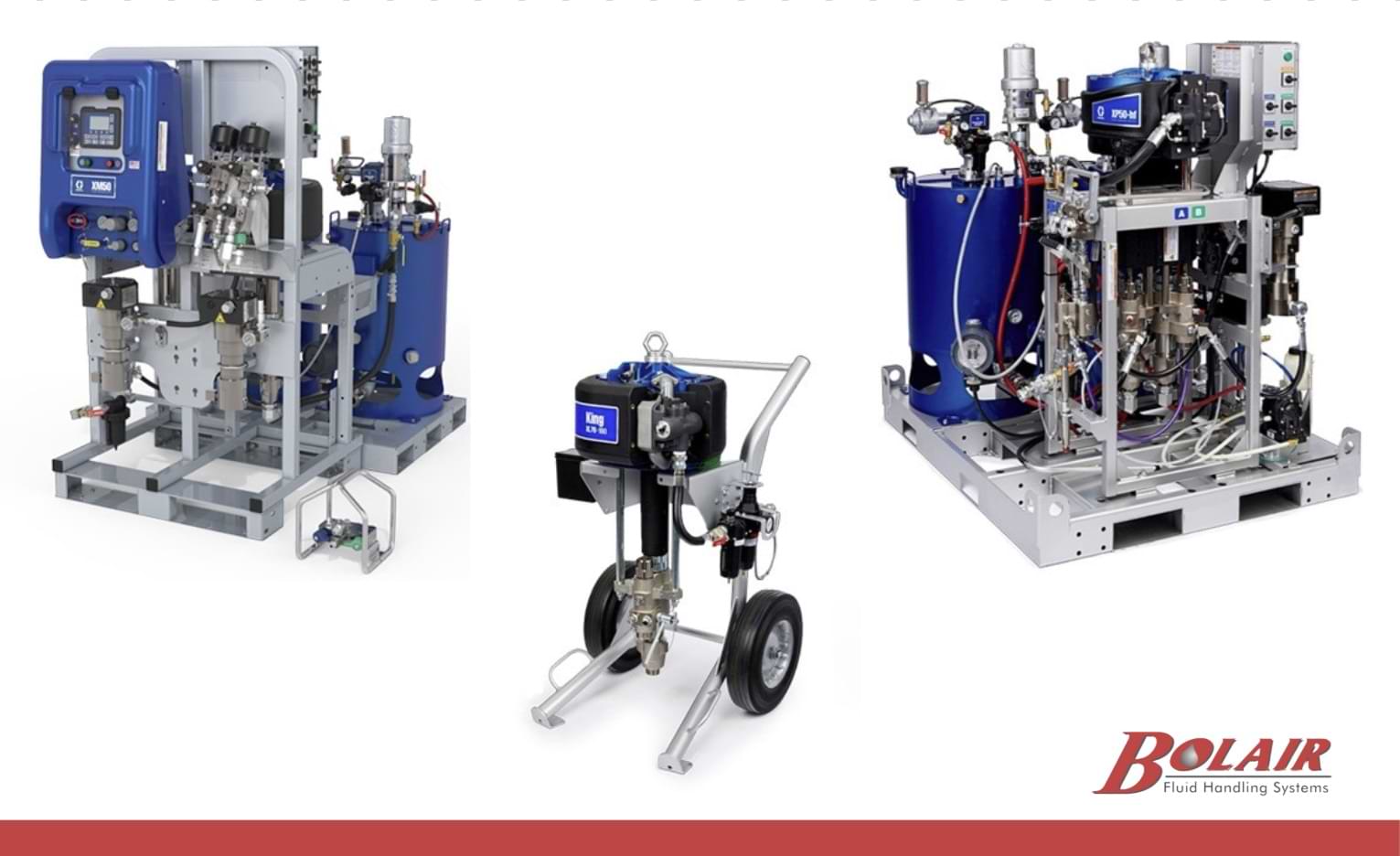
Validate your login
Sign In
Create New Account